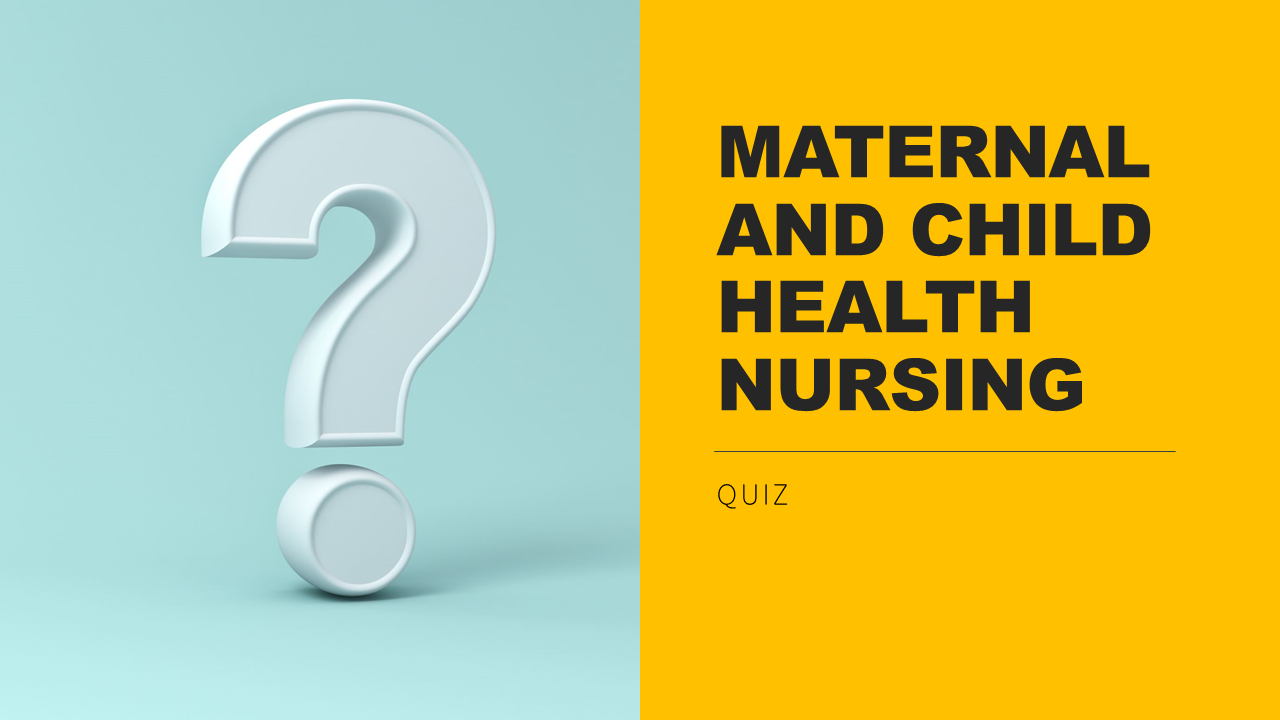When assessing the newborn’s heart rate, which of the following ranges would be considered normal if the newborn were sleeping?
The normal heart rate for a newborn that is sleeping is approximately 100 beats per minute. If the newborn was awake, the normal heart rate would range from 120 to 160 beats per minute.
Which of the following nursing interventions would the nurse perform during the third stage of labor?
During the third stage of labor, which begins with the delivery of the newborn, the nurse would promote parent-newborn interaction by placing the newborn on the mother’s abdomen and encouraging the parents to touch the newborn.
Immediately before expulsion, which of the following cardinal movements occur?
Immediately before expulsion or birth of the rest of the body, the cardinal movement of external rotation occurs.
Which of the following groups of newborn reflexes below are present at birth and remain unchanged through adulthood?
Blink, cough, sneeze, swallowing and gag reflexes are all present at birth and remain unchanged through adulthood. Reflexes such as rooting and stepping subside within the first year.
During which of the following stages of labor would the nurse assess “crowning”?
Crowing, which occurs when the newborn’s head or presenting part appears at the vaginal opening, occurs during the second stage of labor.
Which of the following is true regarding the fontanels of the newborn?
The anterior fontanel is larger in size than the posterior fontanel. Additionally, the anterior fontanel, which is diamond shaped, closes at 18 months, whereas the posterior fontanel, which is triangular shaped, closes at 8 to 12 weeks. Neither fontanel should appear bulging, which may indicate increased intracranial pressure, or sunken, which may indicate dehydration.
Before birth, which of the following structures connects the right and left auricles of the heart?
The foramen ovale is an opening between the right and left auricles (atria) that should close shortly after birth so the newborn will not have a murmur or mixed blood traveling through the vascular system.
Which of the following actions demonstrates the nurse’s understanding of the newborn’s thermoregulatory ability?
The newborn’s ability to regulate body temperature is poor. Therefore, placing the newborn under a radiant warmer aids in maintaining his or her body temperature.
Barbiturates are usually not given for pain relief during active labor for which of the following reasons?
Barbiturates are rapidly transferred across the placental barrier, and lack of an antagonist makes them generally inappropriate during active labor.
Which of the following when present in the urine may cause a reddish stain on the diaper of a newborn?
Uric acid crystals in the urine may produce the reddish “brick dust” stain on the diaper.


Share your Results:


